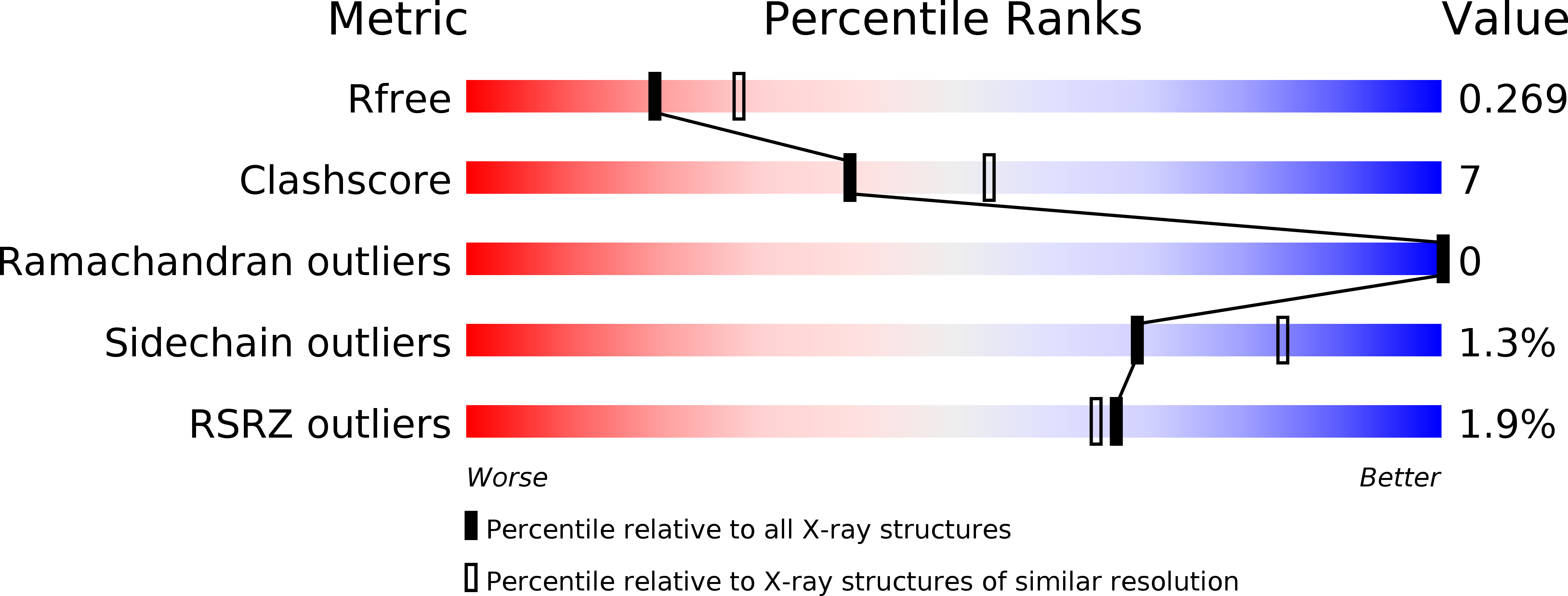
Deposition Date
2017-02-03
Release Date
2018-02-14
Last Version Date
2024-11-20
Entry Detail
Biological Source:
Source Organism:
Omphalotus olearius (Taxon ID: 72120)
Host Organism:
Method Details:
Experimental Method:
Resolution:
2.40 Å
R-Value Free:
0.26
R-Value Work:
0.22
R-Value Observed:
0.22
Space Group:
P 21 21 21


